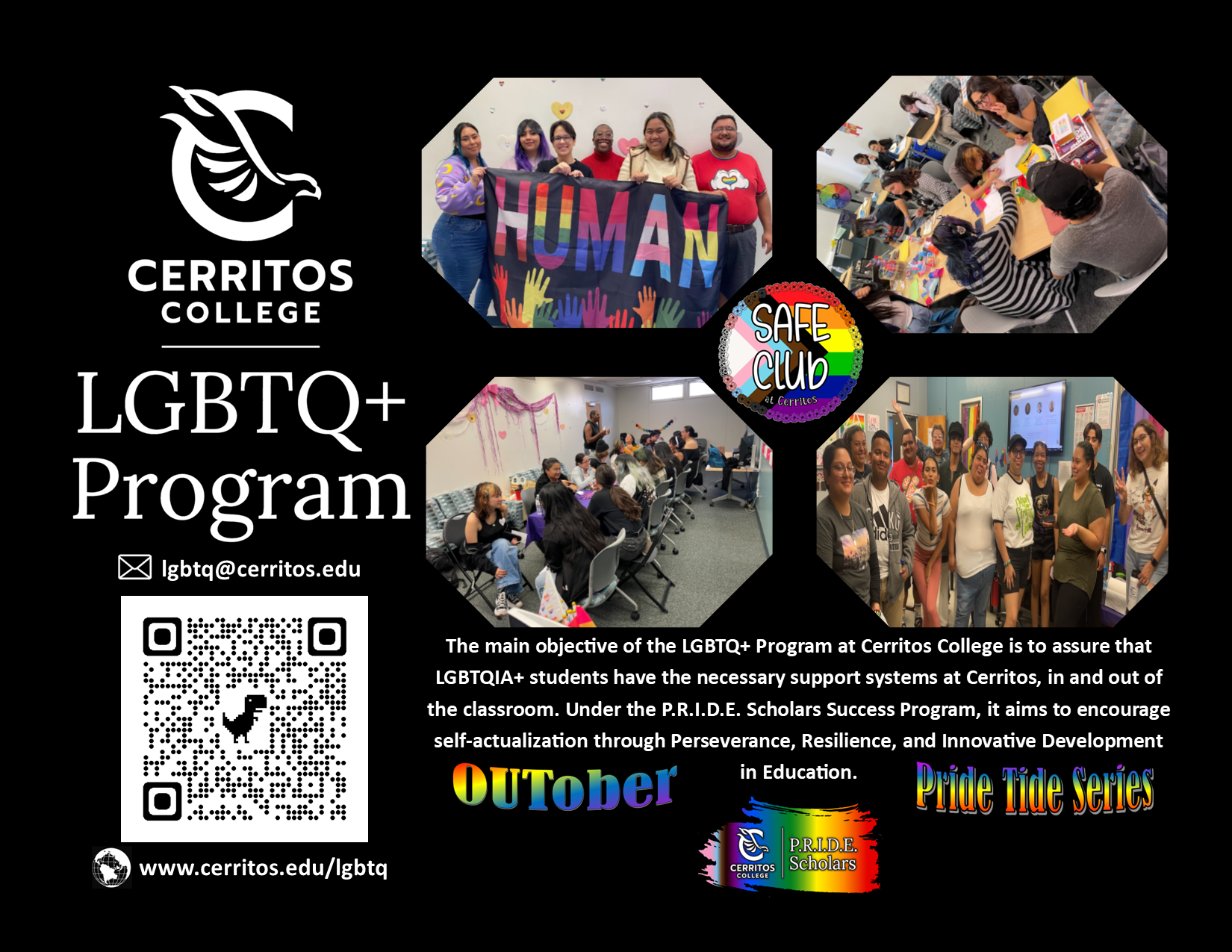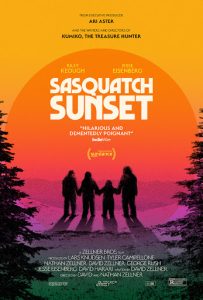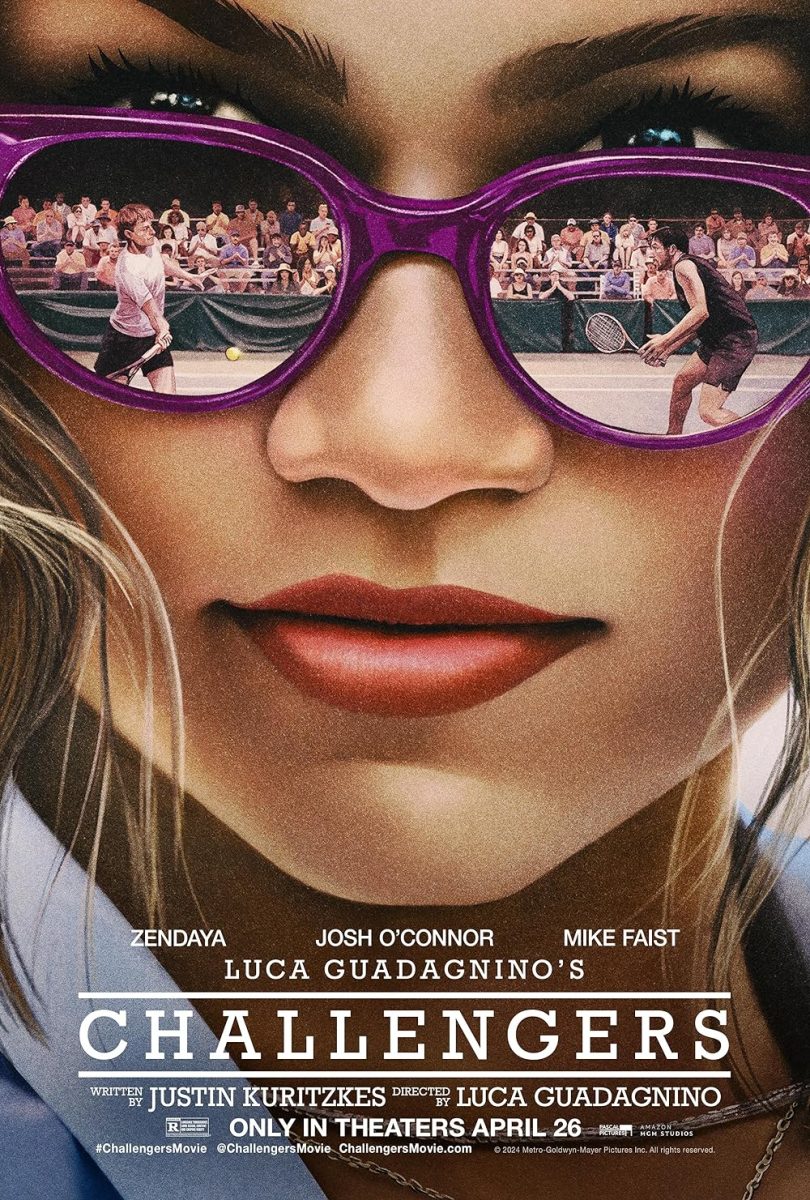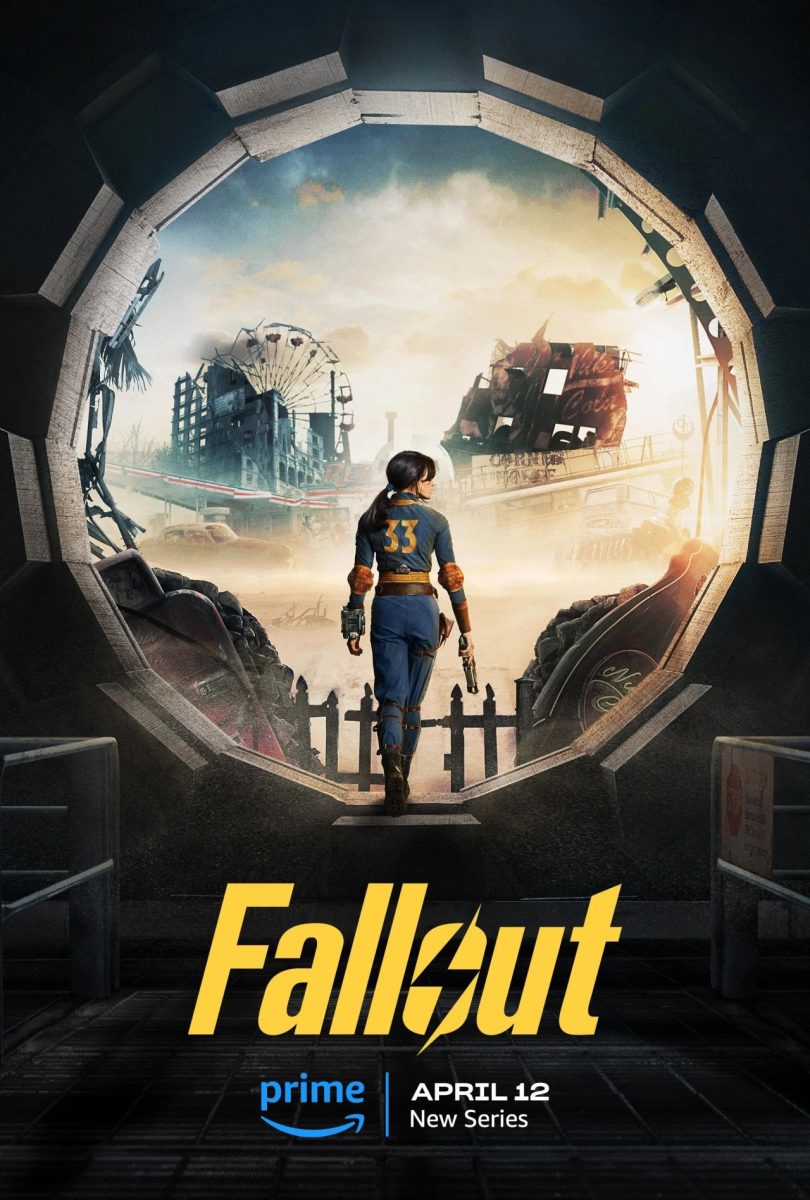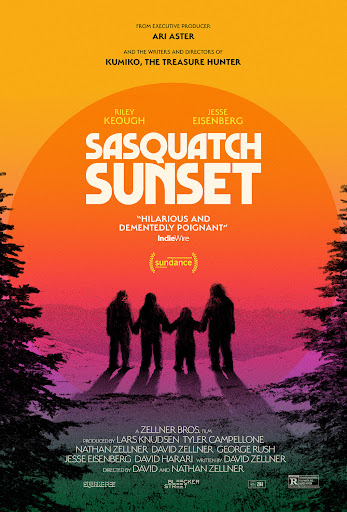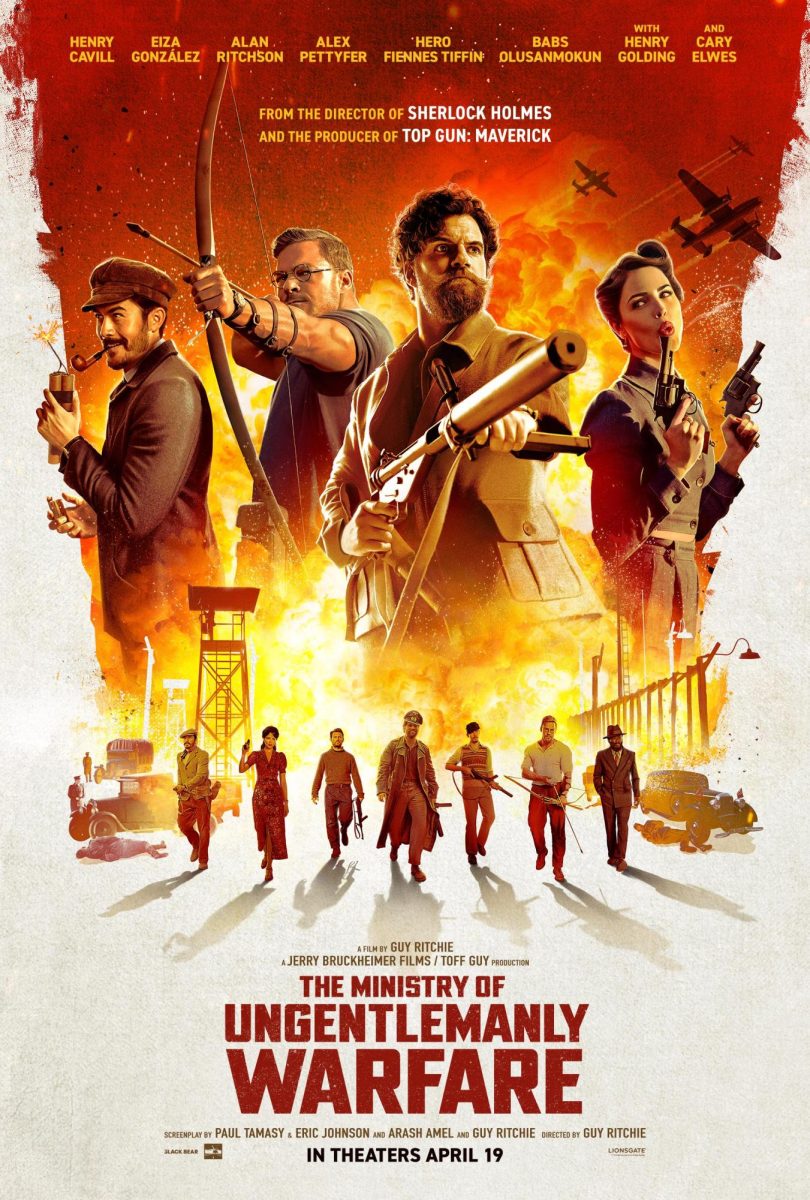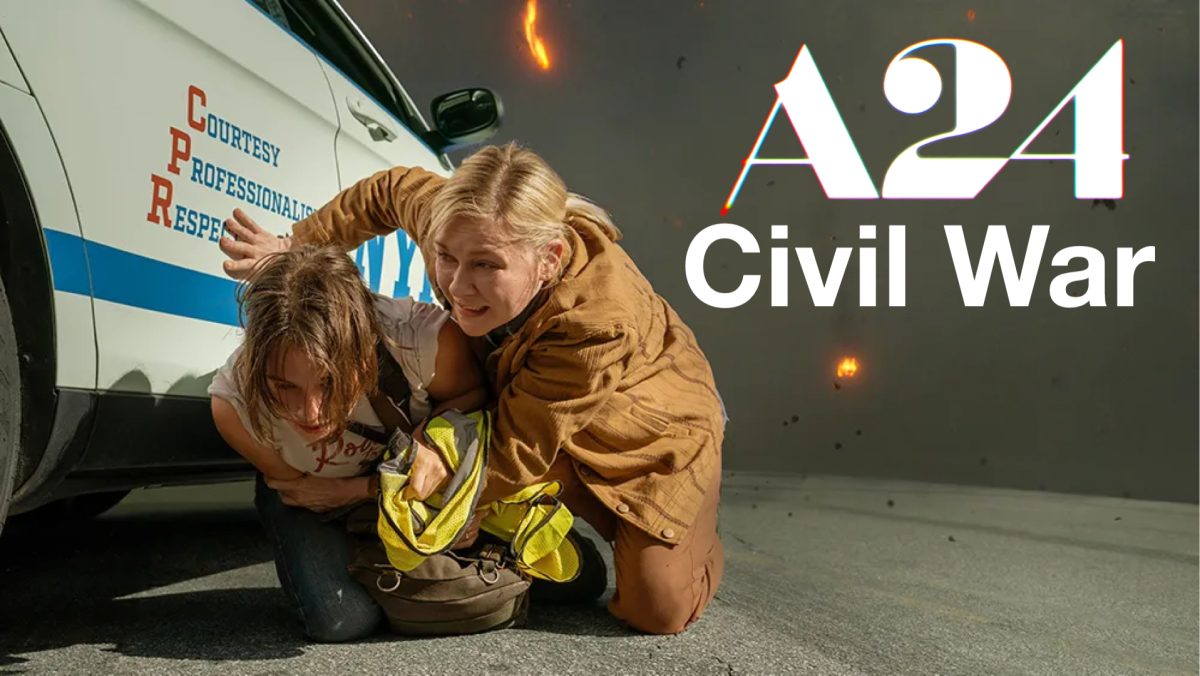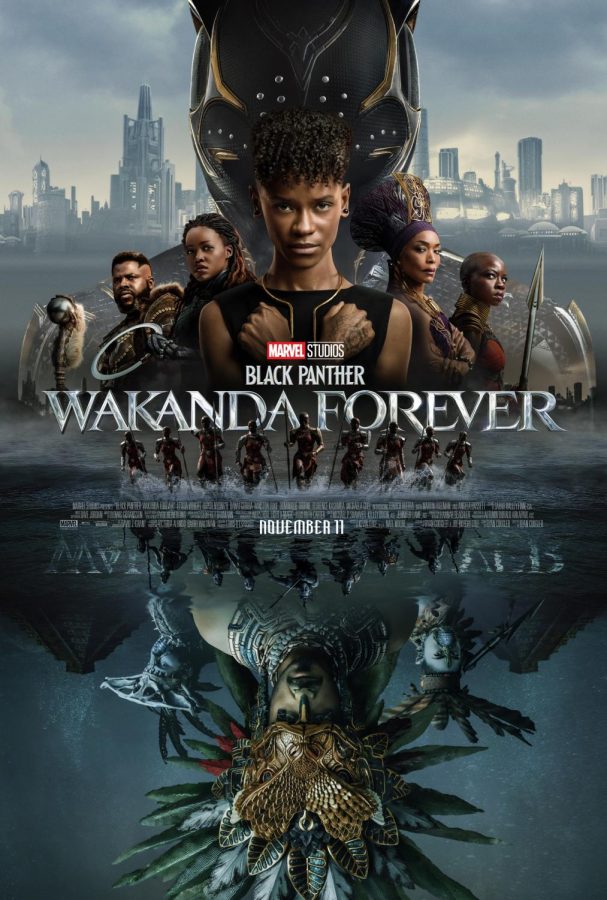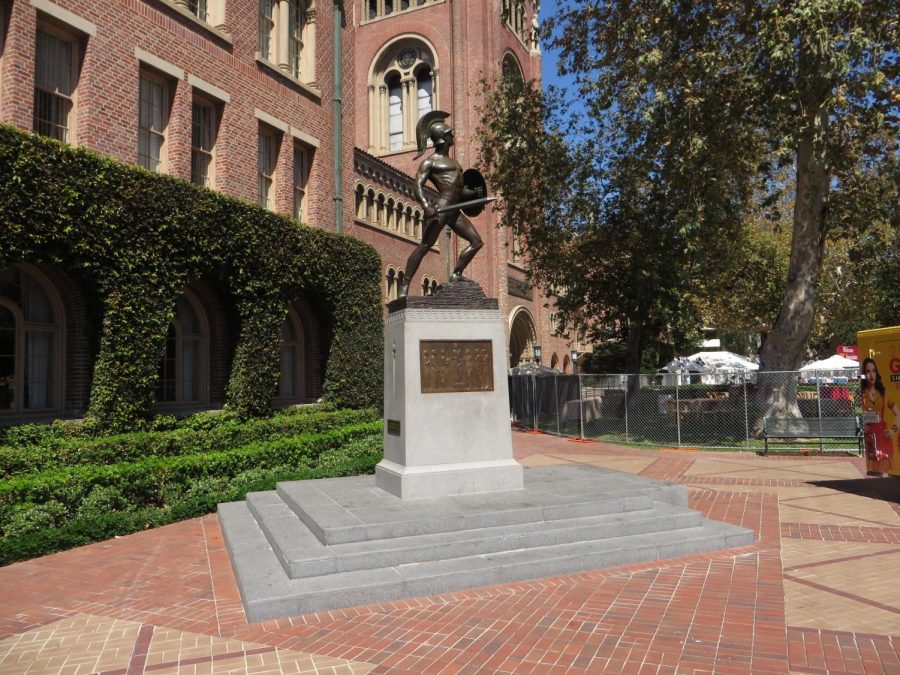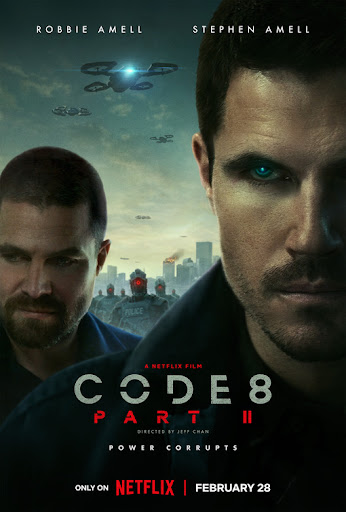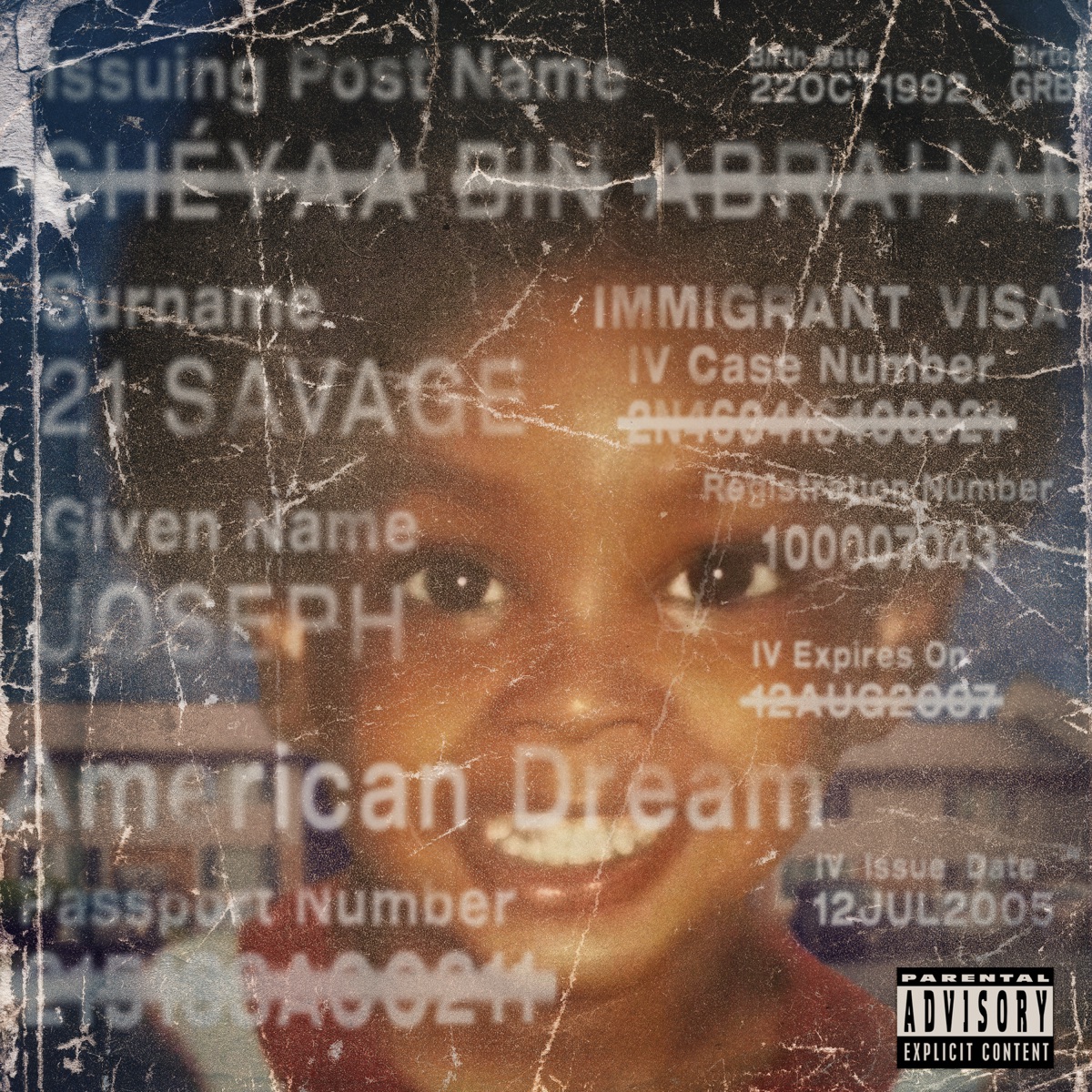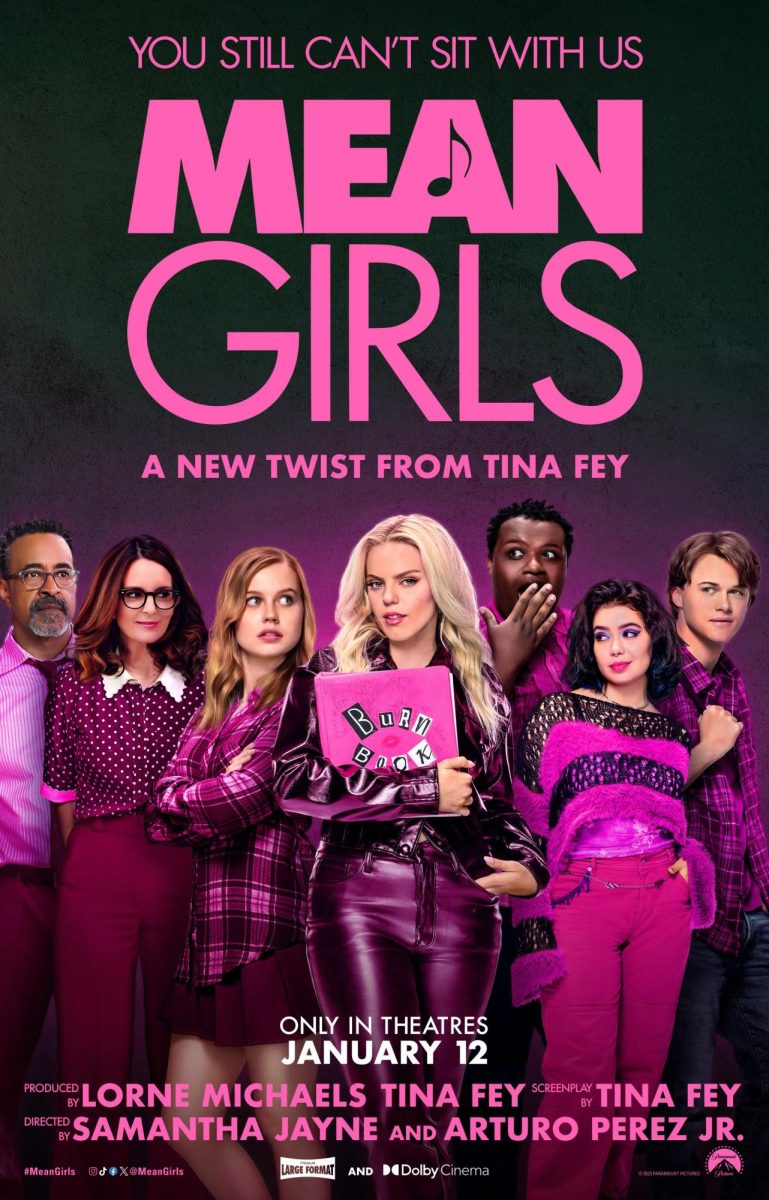Hello, and welcome to Pillars of Horror!
This is the first part of what is to become a weekly column. Each week we will be
looking at a different decade of horror movies and examining what made them so iconic.
This week, we’ll start off in the 1960s.
When looking back at the 1960s, it’s impossible to ignore what was going on in the world at the time. This was a time of great stress for Americans, with the Vietnam War raging and Black Americans fighting for their civil rights. Martin Luther King Jr. was assassinated for pleading for peace. John F. Kennedy was in office, and many tragically saw his assassination on television as well.
It’s no surprise that a counterculture eventually formed in the mid-1960s due to the many horrors Americans were faced with. Nowhere is this counterculture-type attitude reflected better than in the horror movies released in this decade.
Two in specific: “Psycho” and “Rosemary’s Baby.”
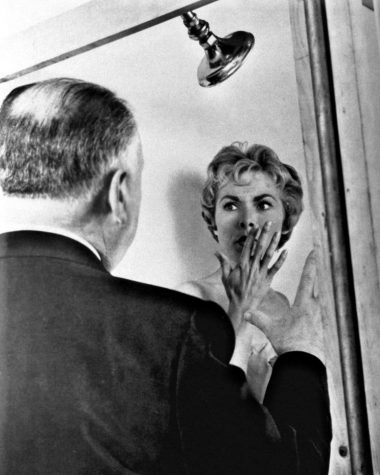
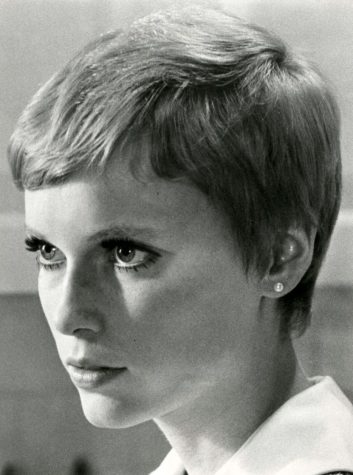
Psycho:
Alfred Hitchcock’s 1960 psychological thriller set a new bar for horror when it was first released. “Psycho” follows Norman Bates, the quiet owner of a motel, and his descent into a murderous rage. “Psycho” set a new precedent for the time, as many had not seen a type of horror movie that was so genuine in its nature.
What is easily the most iconic scene in the movie is no doubt the shower scene. Here, we see Norman Bates brutally murder Marion Crane, a real estate secretary who was spending the night at the motel. What’s so memorable about this scene, besides the stabbing that takes place, is the score and the way it’s filmed.
The angles and score that are utilized by Hitchcock here attack us when we are at our most vulnerable. As we see Marion Crane succumb to her injuries, we see her blood swirling down the drain. Perhaps this is also symbolic of the audience’s preconceived notions of what a horror movie could truly be also going down the drain, as “Psycho“ proved that horror was a genre that should be taken seriously.
Rosemary’s Baby:
“Rosemary’s Baby,” released in 1968, is perhaps best known for its subject matter and tone. Directed by Roman Polanski, the film follows Rosemary, a woman that is pregnant and has fears that a group wants to exploit her baby. At the climax of the film, we learn that her fears come true, and that she has in fact birthed the Antichrist, coveted by a cult of Satanists.
The true horror in this film was the fact that, at first glance, it was a very subdued film compared to others, including Hitchcock’s “Psycho.” Yet, Polanski masterfully puts us in the shoes of Rosemary and allows us to feel her fear as well. There is no gore, blood, or violence in the movie.
Yet, at the conclusion of the film, when the Satanists all chant “God Is Dead!”, the audience is left in horror as we realize that this is the conclusion of the film, and there is no resolution for Rosemary, or us. There is no happy ending.
It’s easy to see that the dark, negative themes explored in “Rosemary’s Baby” and “Psycho” are indicative of the era it was released. For many, the 1960s were a time filled with great trials and tribulations, and the bleak, oppressive atmosphere in these two films is a reflection of the decade they were released in.
Thank you for joining me for this installment of Pillars of Horror!
Join me next week as we take a look at the 1970s and the two films that best define it: “The Exorcist” and “Halloween.”

